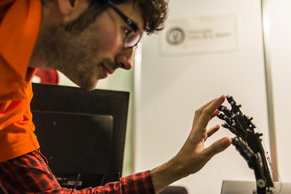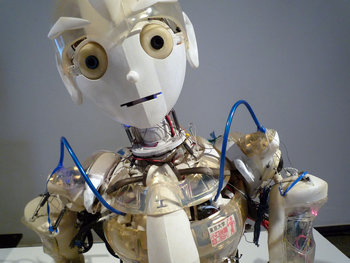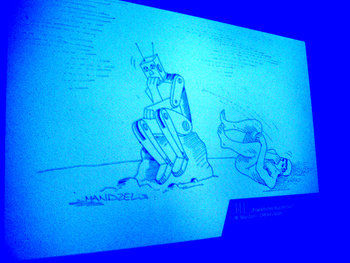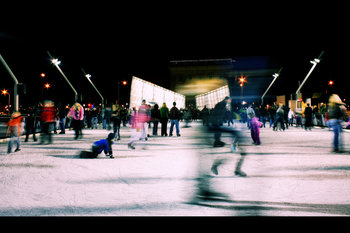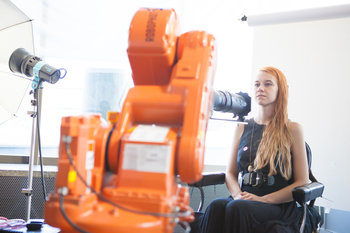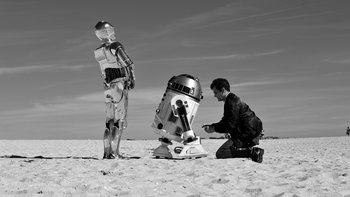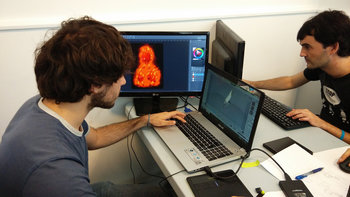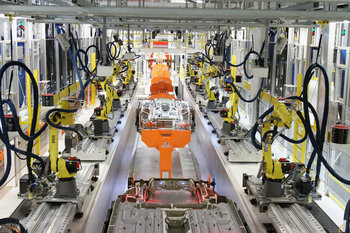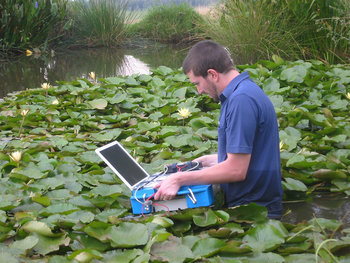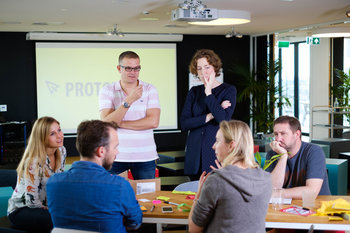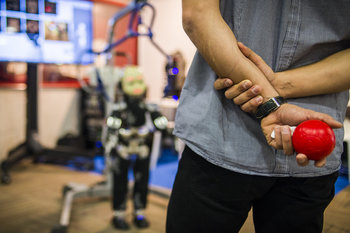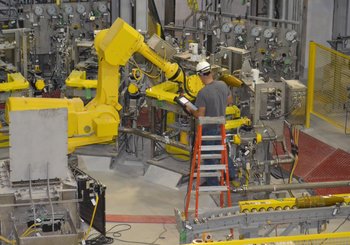
The Difference
Automation often requires static and predictable conditions to work. Robotics implies an entity that can deal with certain real world conditions on its own. Robots are either autonomous or semi-autonomous. In most cases, they are semi-autonomous as they are controlled or directed in one way or another by systems or people. The term semi-autonomous implies that a machine can make decisions or navigate situations it encounters without help.Example
A automated assembly line machine packages peanuts all day long. When an apple appears amongst the peanuts the machine tries to package it. This doesn't work and the machine goes into an error state and the assembly line stops.A robot that processes recycling materials can identify 200+ different reusable and recyclable parts. It processes all the scrap metal it is fed into dozens of bins. Although the robot has never seen an apple before, when it is given an apple it is able to pick it up and decide to put it into a bin for exceptional items. The automation takes exact inputs and creates exact outputs. The robot is able to deal with a wide range of inputs and conditions without direction.| Automation vs Robotics | ||
Automation | Robotics | |
Definition | Work performed by information technology or machines. | Autonomous or semi-autonomous information technology. |
Conditions | Requires predictable conditions such as well formatted data and interchangeable parts. | Can do things and make decisions on its own. As such, robots can handle certain real world conditions without direction. |

